We've found 1000 matches for your search. Order by
Results
-
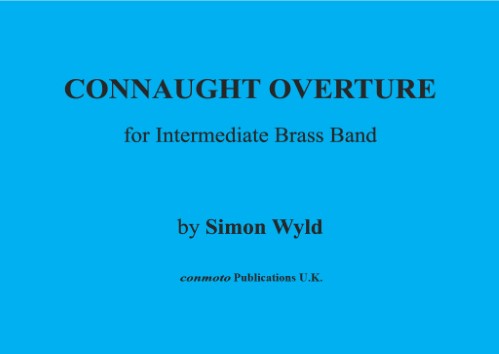 £8.50
£8.50CONNAUGHT OVERTURE (score) - Wyld, Simon
Parts included for Brass Band Brass, Orchestral Brass, Percussion & Flute
In Stock: Estimated dispatch 1-3 working days
-
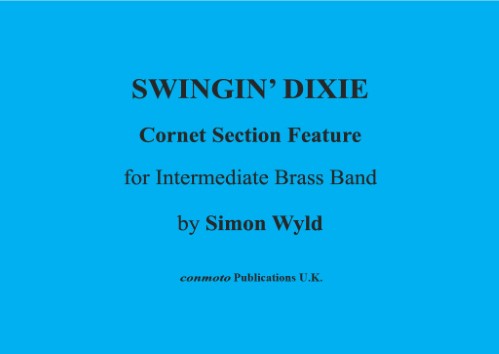 £27.50
£27.50SWINGIN' DIXIE (score & parts) - Wyld, Simon
Parts included for Brass Band Brass, Orchestral Brass, Percussion & Flute
In Stock: Estimated dispatch 1-3 working days
-
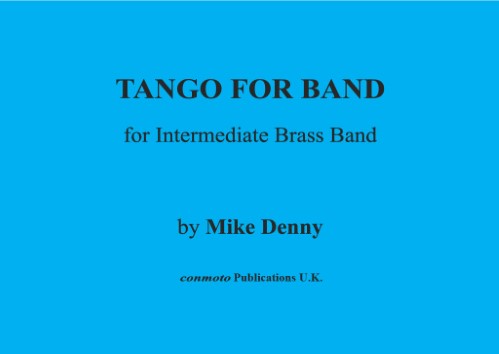 £27.50
£27.50TANGO FOR BAND (score & parts) - Denny, Mike
Parts included for Brass Band Brass, Orchestral Brass, Percussion & Flute
In Stock: Estimated dispatch 1-3 working days
-
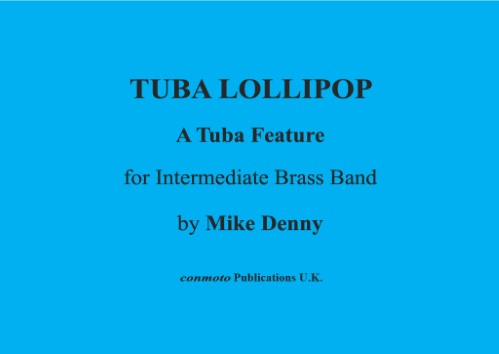 £27.50
£27.50TUBA LOLLIPOP (score & parts) - Denny, Mike
Parts included for Brass Band Brass, Orchestral Brass, Percussion & Flute
In Stock: Estimated dispatch 1-3 working days
-
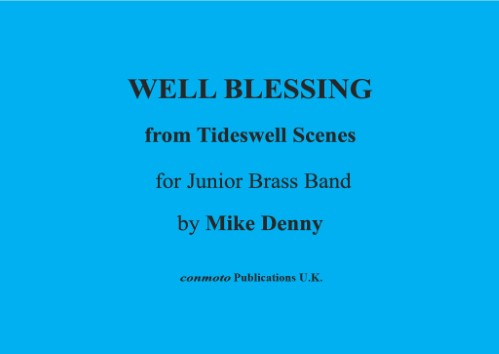 £27.50
£27.50WELL BLESSING (score & parts) - Denny, Mike
Parts included for Brass Band Brass, Orchestral Brass, Percussion & Flute
In Stock: Estimated dispatch 1-3 working days
-
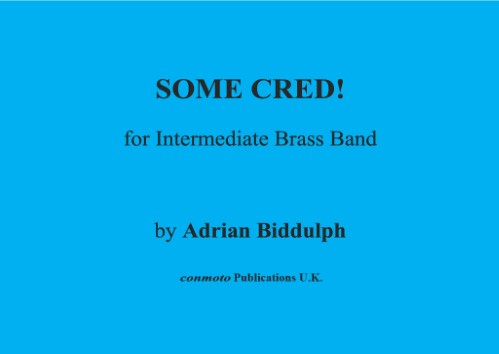 £27.50
£27.50SOME CRED! (score & parts) - Biddulph, Adrian
Parts included for Brass Band Brass, Orchestral Brass, Percussion & Flute.
In Stock: Estimated dispatch 1-3 working days
-
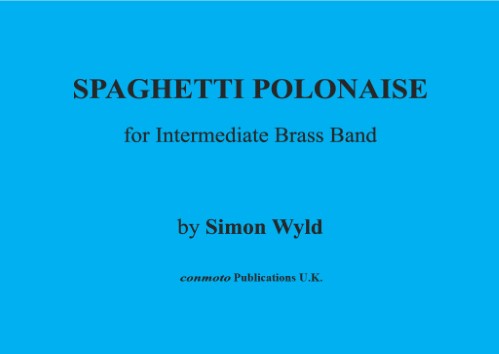 £8.50
£8.50SPAGHETTI POLONAISE (score) - Wyld, Simon
Parts included for Brass Band Brass, Orchestral Brass, Percussion & Flute
In Stock: Estimated dispatch 1-3 working days
-
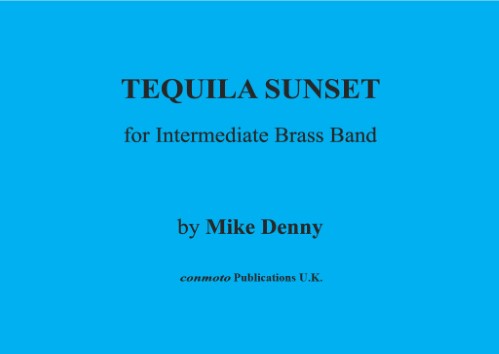 £27.50
£27.50TEQUILA SUNSET (score & parts) - Denny, Mike
Parts included for Brass Band Brass, Orchestral Brass, Percussion & Flute
In Stock: Estimated dispatch 1-3 working days
-
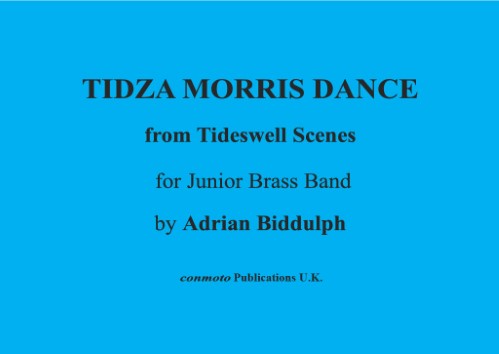 £8.50
£8.50TIDZA MORRIS DANCE (score) - Traditional
Parts included for Brass Band Brass, Orchestral Brass, Percussion & Flute.
In Stock: Estimated dispatch 1-3 working days
-
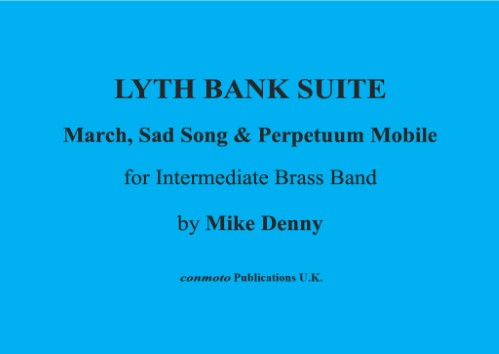 £37.50
£37.50LYTH BANK SUITE (score & parts) - Denny, Mike
Parts included for Brass Band Brass, Orchestral Brass, Percussion & Flute
In Stock: Estimated dispatch 1-3 working days
